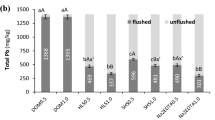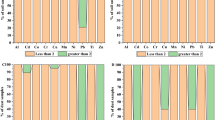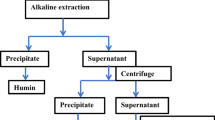Abstract
THE disposal of the waste materials incident to the existence of mankind has always been one of the major problems of any large civilization. Primitive man, leading a nomadic existence, left his waste wherever he might be. As community living developed, the midden became more and more a necessary part of living conditions, and when towns grew the disposal of waste products began to assume the proportions of a real difficulty. The value of animal and human excreta for the improvement of the soil and for plant growth was discovered by many races; the possibility of returning decomposed garbage to the soil similarly seems to have been thought of at many times in history; the combination of the two appears, however, only to have been practised in early times by the Chinese.
This is a preview of subscription content, access via your institution
Access options
Subscribe to this journal
Receive 51 print issues and online access
$199.00 per year
only $3.90 per issue
Buy this article
- Purchase on SpringerLink
- Instant access to full article PDF
Prices may be subject to local taxes which are calculated during checkout
Similar content being viewed by others
References
"Municipal Manufacture of Humus from Habitation Wastes”. Paper read at a meeting of the Royal Society of Arts on January 29, 1941, by Lieut.-Col. F. C. Temple (J. Roy. Soc. Arts, 84, 215–228; 1941).
Author information
Authors and Affiliations
Rights and permissions
About this article
Cite this article
STOUGHTON, R. Humus from Habitation Wastes. Nature 147, 457–458 (1941). https://doi.org/10.1038/147457a0
Issue date:
DOI: https://doi.org/10.1038/147457a0



